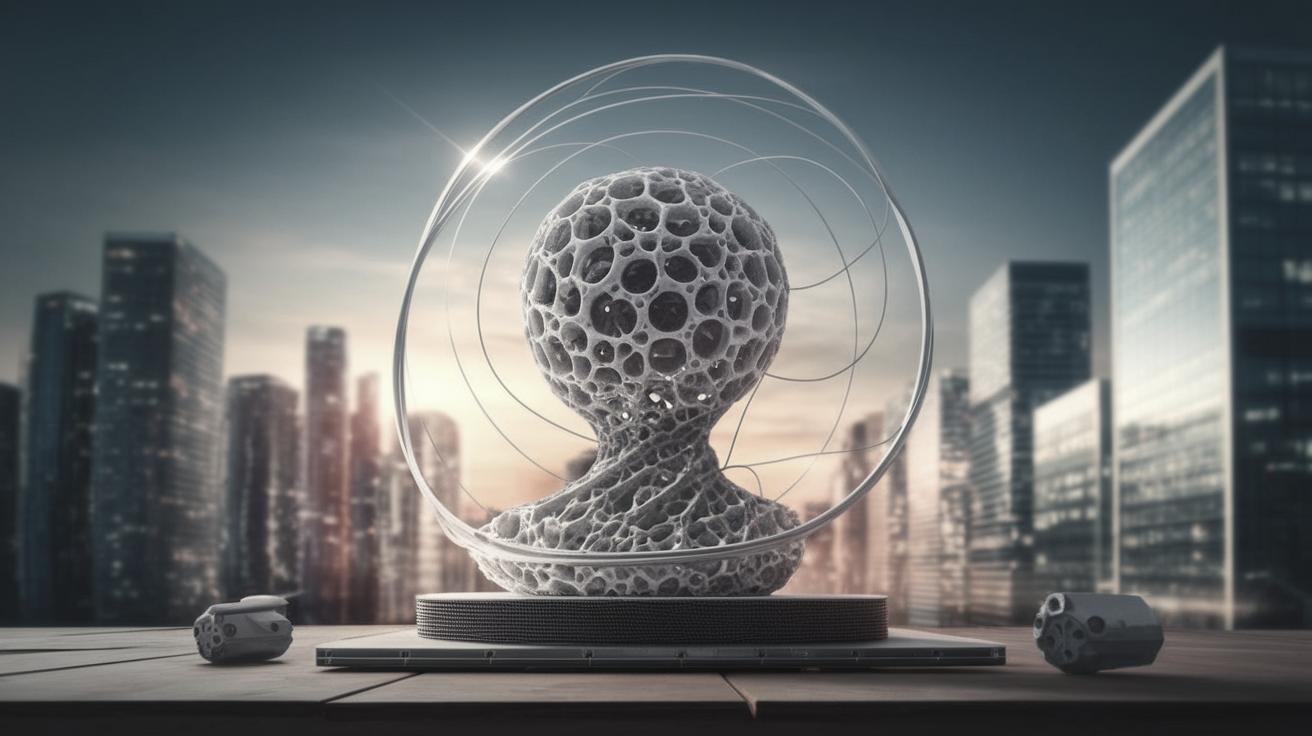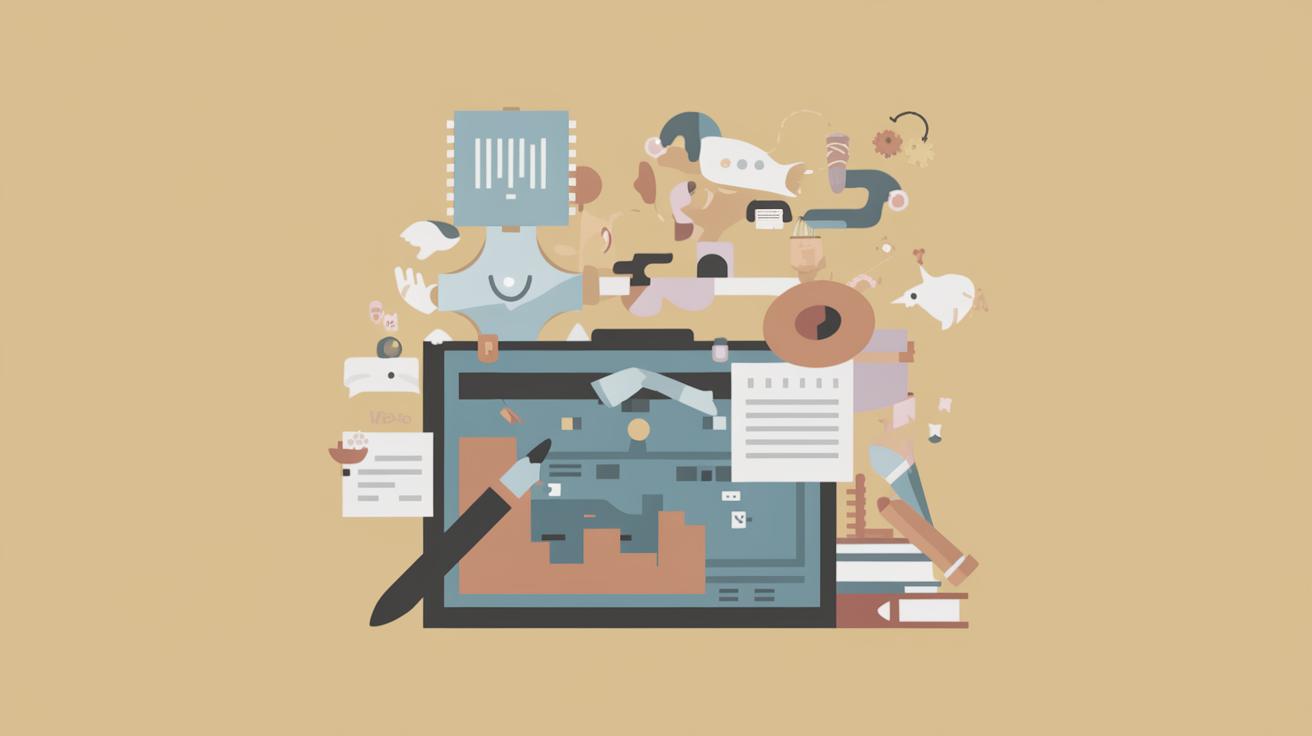The Advantages of 3D Printing in Design
3D printing has revolutionized the design and manufacturing landscape, offering a plethora of advantages across industries. From simplifying the design process to allowing for the creation of complex geometries, this groundbreaking technology is at the forefront of innovation. In this article, we will delve into the various benefits of 3D printing, such as rapid prototyping, customization, and the ability to produce small batches economically. We’ll explore how 3D printing enables firms to manage spare parts effectively, integrate components efficiently, and even provide on-demand manufacturing. As we discuss these topics, we’ll provide insights into the practical applications of 3D printing in today’s market and how it is transforming traditional manufacturing paradigms.
What you should know about industrial 3D printing: advantages and disadvantages
How Long Does it Take?
The time it takes to complete a 3D printing job varies greatly depending on the complexity of the object and the 3D printer being used. For instance, small and simple objects might be printed in a few hours, while larger and more intricate designs could take several days. Industrial-grade 3D printers typically offer faster printing speeds compared to consumer models, making them more suitable for business purposes.
One of the notable advantages of 3D printing is the ability to produce prototypes and products rapidly, which can significantly reduce the time-to-market for new designs. This speed allows designers to test and iterate more quickly, accelerating the development process and enhancing innovation.
Simpler design process
3D printing simplifies the design process by allowing designers to create objects exactly as they envision them, without the constraints of traditional manufacturing techniques. This removes the need for complex tooling and molds, thus streamlining the progression from concept to final product.
The technology enables the direct translation of digital models into physical objects, reducing the risk of errors that can occur in translation through multiple stages of production. Consequently, designers can focus more on refining their creativity and less on the constraints of the manufacturing process.
Easy manufacturing of complex geometries
One of the most celebrated advantages of 3D printing is its capability to produce complex geometries, which are often impossible or highly expensive to create using traditional methods. The layer-by-layer approach allows intricate internal structures to be built within parts, enhancing performance without increasing weight.
This capability is particularly valuable in industries such as aerospace and medical devices, where optimized, lightweight designs can lead to significant improvements in efficiency and functionality. The ease of creating such geometries allows for greater innovation, propelling technological advancements in these fields.
Lead-time reduction and rapid prototyping
3D printing drastically reduces lead times by eliminating the need for specific tools and setups associated with conventional manufacturing. Designers can move from CAD (Computer-Aided Design) models to physical objects in mere hours, allowing for multiple iterations within a short timeframe.
Rapid prototyping is invaluable for testing and improving designs before full-scale production. It provides the ability to validate concepts, perform usability testing, and gain feedback much faster, which is crucial in competitive markets where time is often a key advantage.
On-demand and just-in-time manufacturing
3D printing supports on-demand manufacturing, allowing companies to produce items as they are needed rather than holding large inventories. This approach reduces storage costs and minimizes the risks associated with excess inventory, such as obsolescence and waste.
Just-in-time manufacturing benefits from 3D printing’s flexibility, leading to improved cash flow and responsiveness to market demand. Businesses can adjust production rates and switch between different products swiftly, catering more effectively to customer needs.
Spare parts and digital warehouses with 3D printing
3D printing enables the concept of digital warehouses, where spare parts are stored as digital files and manufactured on demand. This capability eliminates the need for physical storage of parts and the logistical challenges associated with transporting them.
Industries such as automotive and aerospace, where the need for a wide variety of spare parts is common, benefit immensely from this practice. The ability to print parts on-site reduces downtime and keeps machinery running, offering immense cost savings and operational efficiency.
Part integration with 3D printing
3D printing provides the opportunity to integrate multiple components into a single part, which simplifies assembly and reduces the need for fasteners or adhesives. This integration can decrease the overall weight of assemblies and improve their structural integrity.
Part integration can also lead to less wear and tear on moving components and better durability, offering improved performance and reducing maintenance requirements over the product’s lifecycle.
Shorter assembly times
With part integration through 3D printing, assembly times are significantly reduced, leading to faster production cycles. The reduction in the number of parts and the straightforward process to combine them contribute to this speed.
This advantage is especially impactful in highly competitive industries where time-to-market pressures demand that products be manufactured and go from the production floor to shelves in the shortest possible timeframes.
Simplified maintenance of assemblies
3D-printed components are often designed for easier maintenance, with fewer parts subject to wear and tear. Simple designs with fewer connections mean fewer potential failure points, leading to products that are easier to maintain and repair.
This simplicity reduces downtimes and extends the lifespan of products, which translates to lower lifecycle costs and greater satisfaction for end-users, along with sustainability benefits through reduced material wastage.
Flexible solutions with standard, engineering, and high-performance polymers
3D printing supports the use of a myriad of materials, including standard, engineering, and high-performance polymers. This versatility allows designers to select materials that best suit their needs, whether that be strength, flexibility, or other specific properties.
The ability to work with such a wide range of materials enhances the adaptability of 3D printing to various industrial applications, enabling tailored solutions that meet unique performance requirements.
3D printing and customization: how does 3D printing help in providing customization of products?
Customization is one of the standout features of 3D printing, allowing businesses to offer personalized products that cater directly to individual customer preferences. The process entails modifying designs digitally, which then translates seamlessly into the physical creation of unique items.
Industries such as fashion, healthcare, and consumer goods have leveraged 3D printing for customization, offering products like bespoke footwear and personalized medical devices. This capability not only enhances customer satisfaction but also increases brand loyalty by providing products that stand out in crowded marketplaces.
3D printing benefits in production: using additive manufacturing for small batches and internal production
How can 3D printing help to internalize production?
3D printing allows businesses to internalize production by shifting manufacturing from external suppliers to in-house facilities. This shift enables greater control over the production process, enhances confidentiality, and mitigates supply chain risks.
This approach is particularly beneficial for small and medium-sized enterprises, which can gain from reduced outsourcing costs, improved lead times, and the ability to produce small batches cost-effectively – attributes that are often unattainable through traditional manufacturing practices.
Categories
The categories of items that benefit most from 3D printing include prototyping, tooling, and direct part production. Each category has its unique advantages, such as enabling rapid design iterations in prototyping, reducing costs in tooling, and offering flexibility in part production.
By understanding these categories, businesses can effectively strategize their use of 3D printing to maximize efficiency and innovation, ensuring they stay competitive and responsive to market changes.
Summary of main points
| Category | Details |
|---|---|
| Design Process | Simpler with fewer constraints, allowing innovative solutions and complex geometries. |
| Lead-time Reduction | Quicker transition from design to physical product through rapid prototyping. |
| On-demand Manufacturing | Allows the production of items as needed, reducing storage costs and excess inventory. |
| Spare Parts Management | Enables digital storage and on-site printing of spare parts, improving efficiency. |
| Customization | Facilitates personalized products, increasing customer satisfaction and brand loyalty. |
| Production Benefits | Enables internal production, reduces outsourcing costs, and supports small batch manufacturing. |


